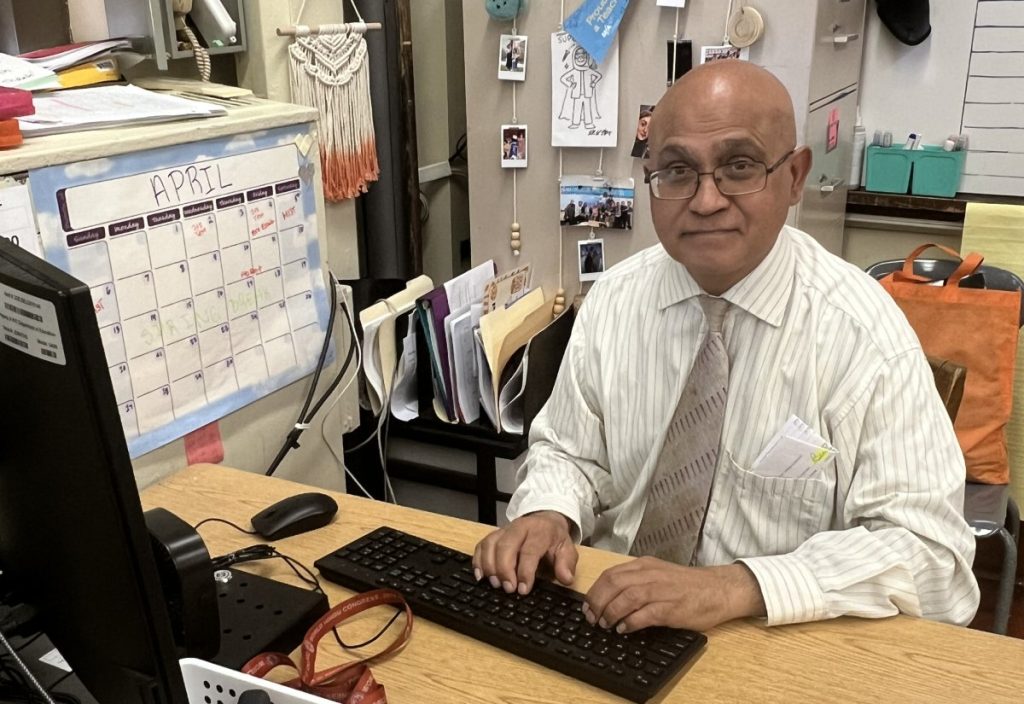When the child went missing on April 23 at the Guyana hotel, the entire nation was united in expressions of concern, seeking her safety. When her body was discovered in the pool on the 24th, the entire nation was in shock and united in grief. They wanted to know what happened. They all felt like they lost a sibling. Everyone, including in the diaspora, talked about the child, and after the protests, the conversation and attention switched to violence unleashed on innocent people. The focus moved from the loss of a child to the racial violence on Indians.
For days, a whole nation was united in mourning and displaying empathy for the grieving family. It was perhaps the first time since the 1940s or 1950s that people of all races and faiths and of all ages came together on an issue – 1940s and ‘50s, they were united to oppose British colonial rule and the oppressive plantocracy system of governance that showed little humanity for the subjects they governed and abused; last week they were united against corrupt elements of the police force perceived to be controlled by the wealthy and political class. The police, used by all parties in governance against opponents, were on the back foot, worried about their future and unable to find a response for its repeated failures. Questions were asked and responses demanded — none were forthcoming.
And as happened in the 1950s and 1960s and unfortunately last week, a people united against what they accepted as a bad police system became divided by political entrepreneurs and opportunists who wanted to exploit the girl’s death for personal political and pecuniary ends. Elements of the opposition political class wanted to score points, encouraging protests, forgetting lessons of the past when there were protests – Indians were always attacked. A small gang of bad people joined the protesters using opportunities to go on a looting rampage as well as beating and robbing people at will. Buildings were set on fire. Children as well as females were attacked with acid. Children could not go to school. People could not go to work. People were targeted on account of their race. At least one mandir was attacked and looted, and its murthis destroyed. There has been limited accountability. Those who attacked and desecrated the mandir are roaming free.
The police failed the child when she was reported missing. And the police also failed the public during the protests. They did not plan on how to handle protests, resulting in countless victims.
There are reports of the family of the child requesting another post mortem to determine cause of death. The body of the child has been in family custody. Any scientifically schooled person will know that another or multiple additional post-mortems will reach the same conclusion that the lovely child died from drowning. There were no bruises about the body; so no violence was inflicted on the child. How she drowned is a different question – a pathologist will have to run samples of the water in her lungs and in the pool for consistency and a few other tests. The media reports stated these tests were done and sent to USA for analysis. The results should come back quickly to bring closure on the cause of death. If there is foul play, and no so there is no evidence suggesting it, then the police must get to the bottom of how she drowned.
What is needed is not additional post-mortems, but an inquiry or investigation on the whereabouts of the child from the time she first arrived till the body was found the following day. When was she thought to be missing? Did she enter into the pool? Where were the adults supervising her? If there were no adults in the pool area watching children or non-swimmers, why not? Why wasn’t the pool itself thoroughly searched by a diver or swimmer or the pool emptied? A video was circulated that was purportedly filmed by a non-professional reporter who stated the water was clear but cloudy, and that he can’t see the bottom. What does that language mean? It is either clear or cloudy. If clear, then one can see the bottom. Many pools in Guyana are not very clear because of lack of maintenance (high build up of algae) and one can’t really see the bottom of depths of over four feet.
There are many more questions that need answers. The focus should no longer be on post-mortem but on an inquiry of the girl being found in the pool. And there must also be justice for the victims of the racially inspired violence.
